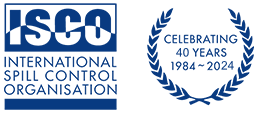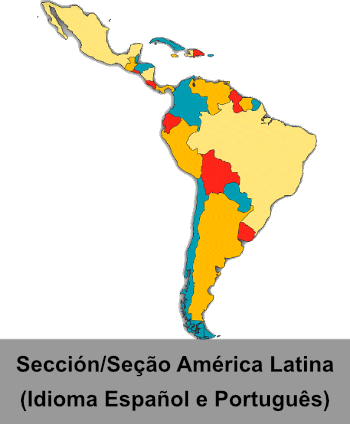Du M., Liu J., Bi L., Wang F., Ma C., Song M., Jiang G. (2024) Science of the Total Environment, 916, art. no. 170333, DOI: 10.1016/j.scitotenv.2024.170333
ABSTRACT: Recently intensified oil exploitation has resulted in the discharge of large amounts of wastewater containing high concentrations of organic matter and nutrients into the receiving aquatic and soil environments; however, the effects of oilfield-produced water on the soil microbiota are poorly understood. In this study, we conducted a comprehensive analysis to reveal the composition and diversity of the microbial community at horizontal and vertical scales in a typical arid soil receiving oilfield-produced water in Northwest China. Oilfield-produced water caused an increase in microbial diversity at the horizontal scale, and the communities in the topsoil were more variable than those in the subsoil. Additionally, the microbial taxonomic composition differed significantly between the near- and far-producing water soils, with Proteobacteria and Halobacterota dominating the water-affected and reference soil communities, respectively. Soil property analysis revealed that pH, salt, and total organic content influenced the bacterial communities. Furthermore, the oil-produced water promoted the complexity and modularity of distance-associated microbial networks, indicating positive interactions for soil ecosystem function, but not for irrigation or livestock watering. This is the first detailed examination of the microbial communities in soil receiving oilfield-produced water, providing new insights for understanding the microbial spatial distributions in receiving arid soils.





